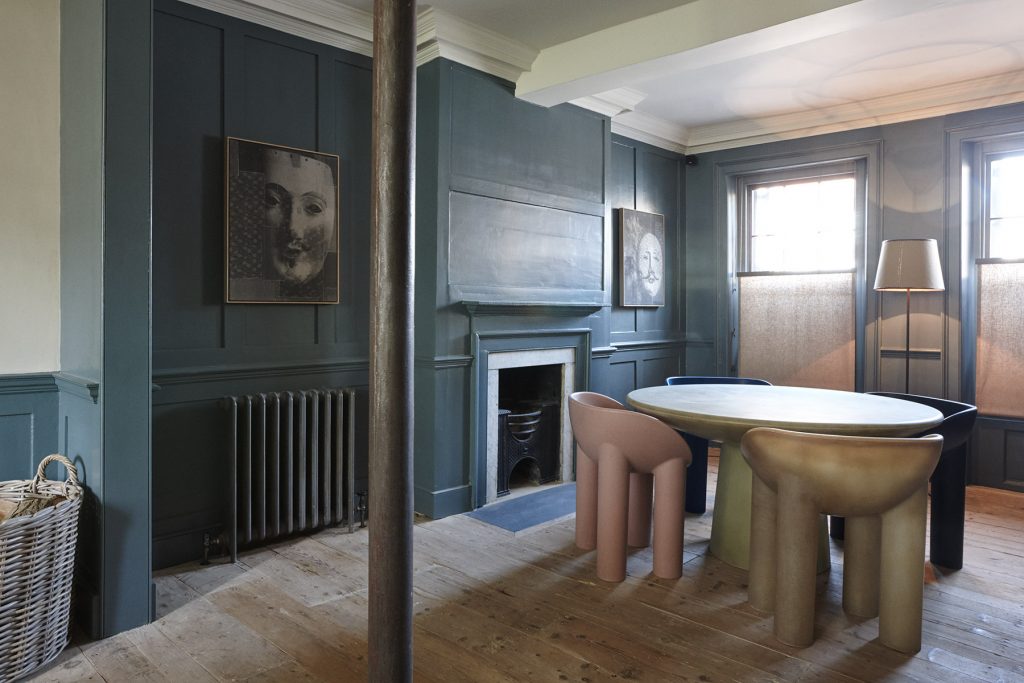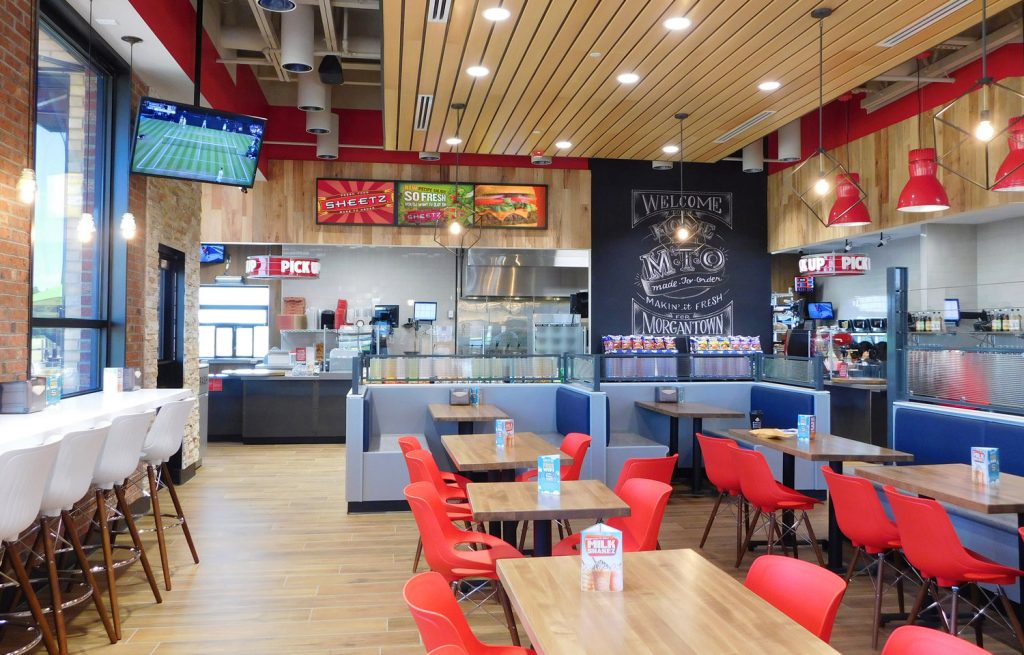Don’t let online shopping leave your physical retail space out in the cold. With hybrid retail, you can reignite the customer experience and own your niche
While online shopping may now be the norm, the physical retail space isn’t going anywhere anytime soon; it’s only growing. From customer experience and service to content creation and engagement, brands are becoming more agile and creative to keep their customers’ attention and stand out among countless other retailers.
One way they’re making their mark is through hybrid retail (if you’re curious about this concept, we shared a recent article on the retail approach here).
By combining different types of businesses or product offerings in one singular location, brands create in-store experiences customers love, but more importantly, ones that keep them coming back. IKEA did it with home goods and Swedish meatballs, and you can, too.
The best part? A hybrid retail approach will help you own your niche by creating a ‘destination’ retail location – one that people will go out of their way to visit for more than just your product. Looking at brands who have seen great success with hybrid retail, you’ll take your brand to the next level and achieve the same
Make your store a destination worth trekking to
Brands that create retail destinations worth going out of the way for take an unconventional approach to the shopping experience.
The Row, a fashion brand created by the Olsen twins, opened their Manhattan flagship store inside of a three-story town home that features a custom interior design flush with neutral colours and curated furniture. The retail design itself is meant to feel intimate, like someone’s home, where shoppers aren’t bombarded with clothing racks and displays at the outset, but can instead take time to peruse fashion, art and handmade furniture designed by famous and unknown artists alike. By creating a homey, welcoming atmosphere that focuses on how shoppers feel in the space, customers don’t just buy into the product, but the entire experience.

Similarly, Hostem, a home and fashion brand uses a residence in London as a concept store that also happens to be a bed and breakfast. The space consists of a curated library, designer furniture, and a custom-stalked wine cellar. The kicker? Every item in the ‘shop’ is for sale, including products made by Hostem, and other smaller homewares can be bought from the coatroom (a makeshift mini store).

Both brands take traditional retail goods like fashion and homewares and merge them with in-store experiences in unexpected places. Other brands have taken a similar approach, like Dolce & Gabbana, which opened a barber shop with custom haircuts where customers can also buy tailored suits.
Consider merging experiences in-store for your customers that make your retail space a destination. Breweries can host yoga-and-beer-flight nights; jewelry brands can create beauty counters in their stores where customers can get makeovers that match their mood (and jewelry); sporting good stores can host game nights where customers can watch their favourite teams on a big screen while shopping for new equipment and apparel.
Expect the unexpected
Bombay Frankie began serving delicious Indian food inside of a Chevron gas station in Los Angeles in 2017. Having been in the gas station and convenience store business for decades, the family behind the brand chose to pair food they love with an industry they already knew. The combination of Indian food and gas station dining sounds odd, but customers flocked to it. Why? As customers, we expect to see food at gas stations but don’t expect gourmet dishes and takeaway. Yet, the two concepts click. Publications have deemed the food some of the best Indian cuisine in Los Angeles.
Sheetz did something similar when they created made-to-order food items (like sandwiches) back in the 1980s inside of their convenience stores, where customers were already purchasing various items. The brand wanted to revamp the idea of the dreaded ‘gas station sandwich’ into a gourmet experience where customers could purchase fresh food products, and today, the brand is known for its range of made-to-order goods. Paired with its digital ordering displays, beloved coffee and, of course, its convenience, Sheetz is a retail destination people willingly go out of their way to visit.

The benefit both brands offer comes down to experience. Customers get more value out of the shopping experience and brands carve out a niche for themselves in a competitive retail landscape. Your brand can carve out its own niche using the same concept; the point is to deliver unexpected experiences where customers are already shopping.
For example, a clothing store can add wellness stations to their retail spaces where customers can make their own custom health beverages (like juices or smoothies) to sip on while they shop. By doing that, the clothing store sets itself apart from traditional fashion retailers.
Create experiences that get customers offline (and into your store)
Brands like Urban Outfitters (or ‘UO’) have bustling online stores, but UO still needs foot traffic to physical retail spaces. Getting customers to drive halfway across the city to visit their stores requires the brand to offer more than just a transactional experience.
At various locations across the U.S., Urban Outfitters customers can grab lunch, hang out in hammocks, or purchase health drinks and relax in a makeshift garden, all without ever leaving the store; the brand’s outdoor cafes, mini coffee shops and garden lounges make it a destination customers want to visit. It’s not about feeding the masses, but catering to the lifestyles of their customers. These are experiences that UO customers can’t get online or at other nearby retailers.

You can copy this hybrid approach by using your retail space as an experience hub for your customers. They need a reason to get offline and visit your physical space, so think about how your store can function as both retail and experience. In some Whole Foods locations in the U.S., for instance, customers can grab local beers that are on tap in the stores’ lounge areas, something few organic grocers offer.
LEVEL UP YOUR RETAIL GAME
The right customer experience can begin with your retail space, but finding the perfect design and scaling your footprint can be challenging. With an agile team that works coast to coast across North America, CBSF knows what it takes to go from three stores to fifty. Let’s talk about your retail goals so you can level up and own your niche.
What’s the future of retail?
Malls, as we know them, are changing. And many are changing not only to serve customers but to serve retailers, now and into the future. As the way we shop continues to change and evolve, retailers and malls have to find unique ways to adapt to consumer needs. Many malls across Canada are reinventing themselves not just for the short-term needs of consumers, but for long-term demand, thinking ahead for the future of retail.
Explore the future of retail for both malls and retailers alike in our white paper, “Reinvention: The Saviour of Canadian Malls?”.

